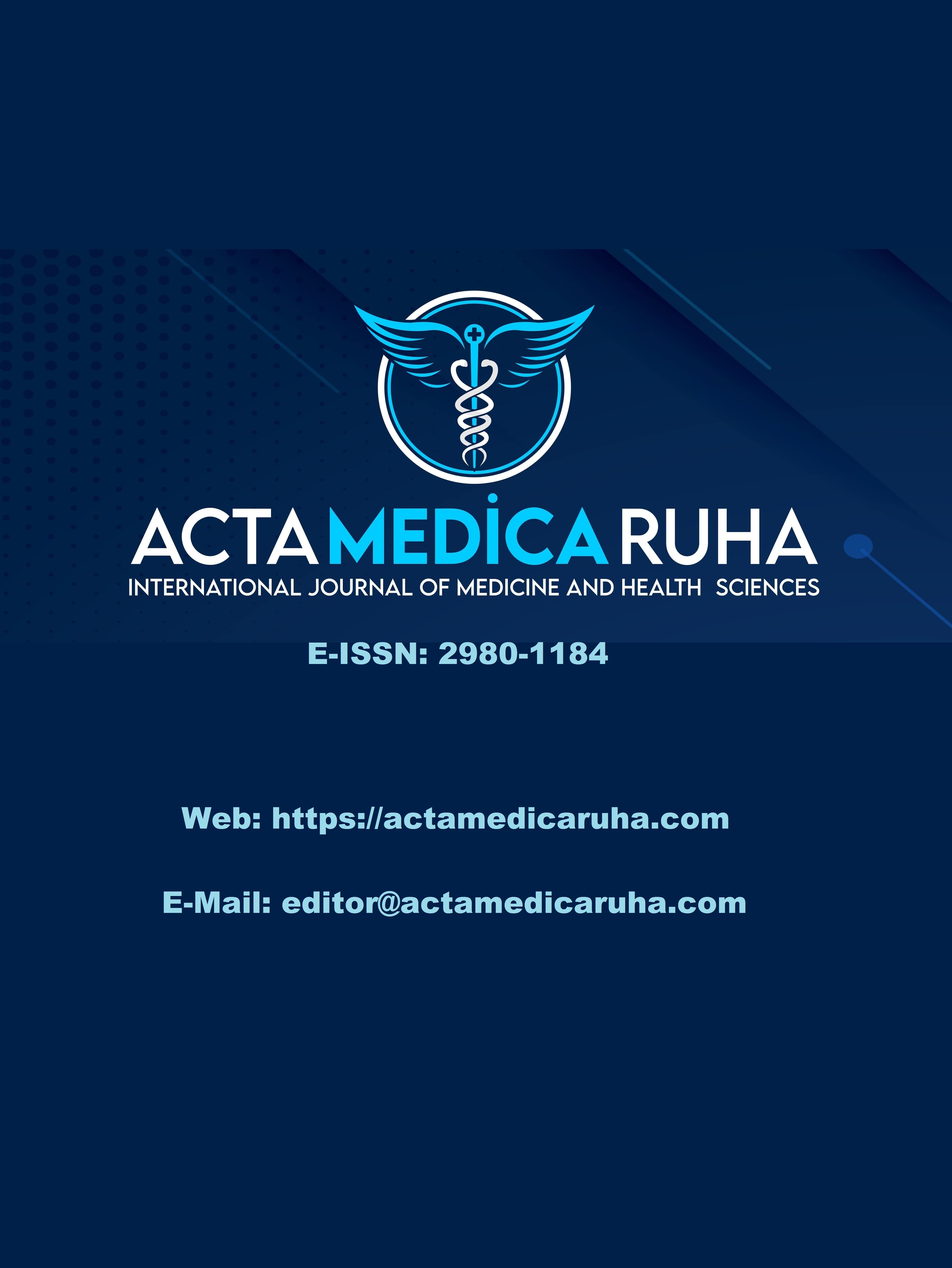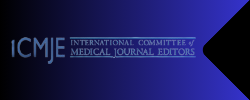The Effects of Adult Individual Eating Habits and Nutrient Consumption on Oral and Dental Health
Research Article
DOI:
https://doi.org/10.5281/zenodo.10045345Keywords:
eating habits, Frequency of Food Consumption, Oral and Dental HealthAbstract
Purpose: To evaluate the DMFT index with individuals' eating habits, food consumption frequencies, oral and dental health attitudes.Depending on the frequency of food consumption and eating habits of individuals, the oral cavity is affected, which leads to tooth loss in the event of caries formation and progression.This situation affects the social life of individuals along with creating problems in terms of their health.Along with dietary habits, oral and dental health habits support each other and are very important for the biological activities of individuals.
Method: A total of 80 patients, including 34 men (42.5%) and 46 women (57.5%) between the ages of 18 and 65, who voluntarily accepted the study and complained of dental discomfort Decently, participated. Individuals under the age of 18 from the study, with an infectious disease (COVID-19, etc.), individuals with a maxillofacial defect and receiving treatment for this disease were excluded from the study.
Results: This study was conducted on a total of 80 individuals, including 34 men (42.5%), 46 women (57.5%). The average age of male individuals is 21.7±5.2, while the average age of female individuals is 21.6±4.8. 1.3% of male individuals have high school education, 41.3% have university/college education, 56.3% of female individuals have university/college education, 1.2% have graduate education. In the marital status examination, 1.2% of men are married, 41.3% are single, 3.8% of women are married, 53.7% are single
When the occupational and working groups of individuals are examined, 2.5% of male individuals are self-employed, 1.3% are civil servants, 35% are students, 2.5% include other professional groups, while 2.5% of women are civil servants, 1.3% are workers, 47.4% are students, 6.3% are private sector employees. When the income-expense situation was examined, it was found that 2.4% of male individuals, 6.3% of female individuals had more income than expenses, 17.5% of male individuals, 13.8% of women's income was equivalent to expenses, while 22.5% of men's and 37.5% of women's income was less than expenses.When the distribution of individuals according to their disease status and related characteristics was examined, 37.5% of male individuals and 47.5% of women did not have a disease status.
Conclusion: The effects of dietary habits and food types on the DMFT index in the mouth have been observed.
References
Arıkan A, Özkan G, Pirinçci S, ve ark. Hekim aday- larının ağız-diş sağlığı alışkanlıkları ve bilgi dü- zeylerinin değerlendirilmesi. Atatürk Üniv Diş Hek Fak Derg 2019; 29(2):189-196.
Türkoğlu Ö, Dülgergil ÇT. Hemşirelik eğitiminde yer alan toplum-ağız-diş-sağlığı dersinin, öğrenci- lerin ağız-diş sağlığı farkındalığına etkisinin de- ğerlendirilmesi. Turkiye Klinikleri J Dental Sci 2015; 21(3):221.
Park JB, Han K, Park YG, Ko Y. Association between socioeconomic status and oral health behaviors: The 2008- 2010 Korea national health and nutrition examination survey. Exp Ther Med 2016; 12: 2657-64.
Usmen. E.:Beslenme ve Diş Hekimliği Arasında Etkileşmeler. Beslenme ve Diyet Dergisi 4(1): 1-9, 1975.
Bııelırer, E.A., Miller, C.H.: Sucrose and Stardı Synergism In Streptococcus Songius Acid Production. J. Dent. Res. 63: 186 (Abstract No: 137), 1984.
Selwitz RH, Ismail AI, Pitts NB. Dental caries. Lancet. 2007; 369(9555):51-59
Bakri NN, Tsakos G, Masood M. Smoking status and Oral Health-Related Quality of Life Among Adults in the United Kingdom. Br Dent J 2018:225:153-8.
Klein H, Palmer CE, Knutson JW. Studies on Dental Caries. I. Dental Status and Dental Needs of Elementary School Children. Public Health Reports. 1938;53:751-65.
Pekcan G. Beslenme durumunun saptanmasi. Diyet El Kitabi. 2008;726:67-141.
Güçlü E, Bodrumlu Eh. Geçmişten Günümüze Diş Çürüğü Epidemiyolojisinin Değerlendirilmesinde Kullanilan Indeksler. Uluslararası Diş Hekimliği Bilimleri Dergisi. 2021;7(3):63-72.
Behram Ö, Lofça G, Efes Bg. İstanbul Üniversitesi Diş Hekimliği Fakültesi Diş Hastalıkları Ve Tedavisi Anabilim Dalı İlk Muayene Kliniğine Başvuran Hastalarda Dmft İndeksi İle Tükürük Özellikleri Arasındaki İlişki. Journal Of Istanbul University Faculty Of Dentistry. 2011;45(2):29-36.
IBM Corp. IBM SPSS Statistics for Windows. 23.0 ed. Armonk, NY: IBM Corp. Released 2015; 2015.
Faul F, Erdfelder E, Lang A-G, Buchner A. G* Power 3: A flexible statistical power analysis program for the social, behavioral, and biomedical sciences. Behavior research methods. 2007;39(2):175-91.
Özbayer, V.: Diş Çürükleri ve Beslenme. Beslenme ve Diyet Dergisi. 1972;1(1):48-52.
Nizel, A.E.. Harris, R.S.: The Effects of Phosphate On Experimental Dental Caries. A literature Review. J. Dent. Res. 43; 1123-1136, 1964.
Engberink MF, Bakker SJ, Brink EJ, van Baak MA, van Rooij FJ, Hofman A, et al. Dietary acid load and risk of hypertension: the Rotterdam Study. Am J Clin Nutr 2012;95(6):1438-1444.
Moynihan P, Petersen PE. Diet, nutrition and the prevention of dental diseases. Public Health Nutr 2004;7(1):201-226
Musaiger AO, Al-Mannai M, Abduljawad E. Association of oral hygiene habits and food intake with the risk of dental caries among undergraduate university women in Saudi Arabia. Int J Adolesc Med Health 2014;26(4):585-589
Palacios C, Joshipura K, Willett W. Nutrition and health: guidelines for dental practitioners. Oral Dis 2009;15(6):369-381.
Begum AN, Terao J. Protective effect of quercetin against cigarette tar extract-induced impairment of erythrocyte deformability. J Nutr Biochem 2002; 13: 265-272.
Cheng WC, Huang RY, Chiang CY et al. destruction caused by experimental periodontitis in rats. J Periodontal Res 2010; 45: 788-795.
Sen, S., Deolia, S., Chhabra, K. G., Chakraborty, R., Chhabra, C., & Rathi, A. (2019). Analysis of food frequency and acquired dietary allowance (ADA) in relation to dental caries and dental erosion affecting dental postgraduate students of Sawangi: A cross-sectional survey. Journal of family medicine and primary care, 8(6), 2084–2088.
Hadilou, M., Somi, M. H., Faramarzi, E., & Nikniaz, L. (2022). Effect of Beverage Consumption Frequency on DMFT Index among Iranian Adult Population: An AZAR Cohort Study. International journal of dentistry, 2022, 9142651.
Downloads
Published
How to Cite
Issue
Section
License
Copyright (c) 2023 Acta Medica Ruha

This work is licensed under a Creative Commons Attribution 4.0 International License.









